Fruit tree garden design for the front yard combines functionality with aesthetic appeal, infusing your home's entrance with both beauty and bounty. Historically, fruit trees were found in practical orchards or tucked away in back gardens. Yet, today's landscape design embraces the idea of integrating these fruit-bearing wonders into the forefront of your property. This style not only provides fresh, delicious produce right at your doorstep but also enhances curb appeal with their lovely blossoms and structured forms. While traditional choices like flower beds or shrubs still hold their charm, a front yard fruit tree garden offers a fresh, modern twist. So, shake up your greenery game with these fruit tree garden ideas and cultivate a charming yet productive space.
Fragrant flowering trees and vibrant hydrangea planters. Incorporating fruit trees can enhance the aesthetic and provide edible options in a front yard garden design. Source
Fruit trees in terracotta pots. This design enhances aesthetic appeal while allowing flexibility in garden layout and facilitating care for the trees. Source
Fruit trees layout with curved pathways and seating areas. This design invites relaxation and enhances accessibility while creating a lush, welcoming atmosphere in the front yard. Source
Apple trees along a stone path. This design enhances the beauty and productivity of a front yard while providing a pleasant sensory experience as you walk through. Source
Decorative bench surrounded by pumpkins and stone path. This layout creates a charming focal point in the front yard, inviting relaxation and showcasing seasonal fruit. Source
Lush fruit trees integration in front yard design. Incorporating citrus and palm trees enhances aesthetics while providing shade and fruit. Source
Flowering fruit tree centerpiece. Incorporating versatile flowering plants around it enhances visual interest and attracts pollinators. Source
Adirondack chairs with flowering trees: Create a serene fruit tree garden design in your front yard by incorporating ornamental trees such as cherry or apple, which provide beautiful blooms and potential harvests. This adds both aesthetic appeal and functionality to your space. Source
Citrus trees in a modern front yard design. Incorporating various citrus varieties can create an attractive and functional garden space, enhancing both beauty and aroma. Source
Vertical apple tree structure. This design optimizes space while showcasing the beauty of fruit-bearing plants in a front yard garden. Source
Edible fruit tree planting in front yard. Incorporating citrus trees not only enhances the aesthetic but also provides fresh fruit for enjoyment. Source
Fruit tree garden design with mixed fruit trees and vibrant flower beds. This combination enhances visual appeal while providing shade and fresh fruit. Source
Fruit tree cluster arrangement. Incorporating varying heights and colorful blossoms can enhance the visual appeal and attract pollinators, creating a vibrant front yard garden. Source
Curved garden beds with fruit trees and low-lying plants. This design maximizes space and enhances visual interest while providing fruit and greenery. Source
Fruit tree-centered garden design. Incorporate raised beds and trellises alongside a stone path to frame fruit trees for aesthetic beauty and access to produce. Source
Fruit trees and ornamental plants. Incorporating citrus trees alongside decorative flowers creates a vibrant, productive space that enhances both aesthetics and homegrown benefits. Source
Flowering vine trellis with surrounding greenery. Incorporating fruit trees along the trellis can enhance aesthetics while providing shade and seasonal fruit. Source
Bamboo screening alongside fruit trees. This design combines privacy and edible landscaping while creating a tranquil space. Source
Fruit tree garden with diverse flowering shrubs. Incorporating various species adds visual interest and supports pollinators, enhancing the overall garden ecology. Source
Fruit tree assortment with colorful flowering plants. Creating a vibrant front yard garden design not only enhances aesthetic appeal but also provides fresh produce. Source
Tree placement strategy
Tree placement can really shape a garden's vibe and functionality. Think about how much sunlight different areas get, since some trees can provide awesome shade while others might need more light. Also, consider the height and spread of trees when planning; you don't want them crowding your garden but creating a cool layered look instead!
Soil quality assessment
Soil quality assessment is key for a thriving garden; it determines how well plants will grow. Start by testing pH, nutrient levels, and texture to see what your soil needs. Healthy soil means better roots, more blooms, and less hassle in the long run.
Sunlight exposure analysis
Sunlight exposure is crucial when designing a garden, and it's all about figuring out how much light your plants will get throughout the day. Take a stroll around your yard during different times to spot sunny and shady spots, which helps in selecting the right plants for each area. This way, you can enjoy vibrant blooms in sunny patches and lush greenery in the shade, keeping your garden thriving all year round.
Watering system plan
A solid watering system plan is key for a thriving garden. Consider drip irrigation for efficiency; it delivers water directly to the roots, reducing waste. Don't forget to schedule your watering times based on plant needs and local weather patterns for the best results.
Pest management approach
Pest management in garden design is all about keeping those unwanted critters at bay without going overboard on chemicals. One effective way is to encourage natural predators like ladybugs and birds by adding diverse plants and habitats. Additionally, using companion planting can deter pests naturally while boosting plant health and yields.
Seasonal plant rotation
Seasonal plant rotation keeps the garden vibrant and healthy throughout the year. By changing up your plants with the seasons, you can take advantage of varying blooms, colors, and textures while enhancing soil health. It's also a fun way to experiment with different themes and styles in your garden design!
Aesthetics balance strategy
Aesthetics in garden design is all about creating visual harmony through color, texture, and form. Balancing elements like plants, hardscaping, and focal points can lead to a captivating space that feels unified. A solid strategy involves planning layouts and choosing plants that complement each other while considering seasonal changes for year-round beauty.
Designing a front yard with fruit trees involves a careful balance of aesthetics and functionality. You should select fruit tree species that are not only compatible with your climate but also visually appealing, such as dwarf apple, pear, or cherry trees that provide seasonal blossoms followed by fruit. The result is a visually captivating front yard that not only enhances curb appeal but also offers fresh produce, contributing to a sustainable and rewarding gardening experience.

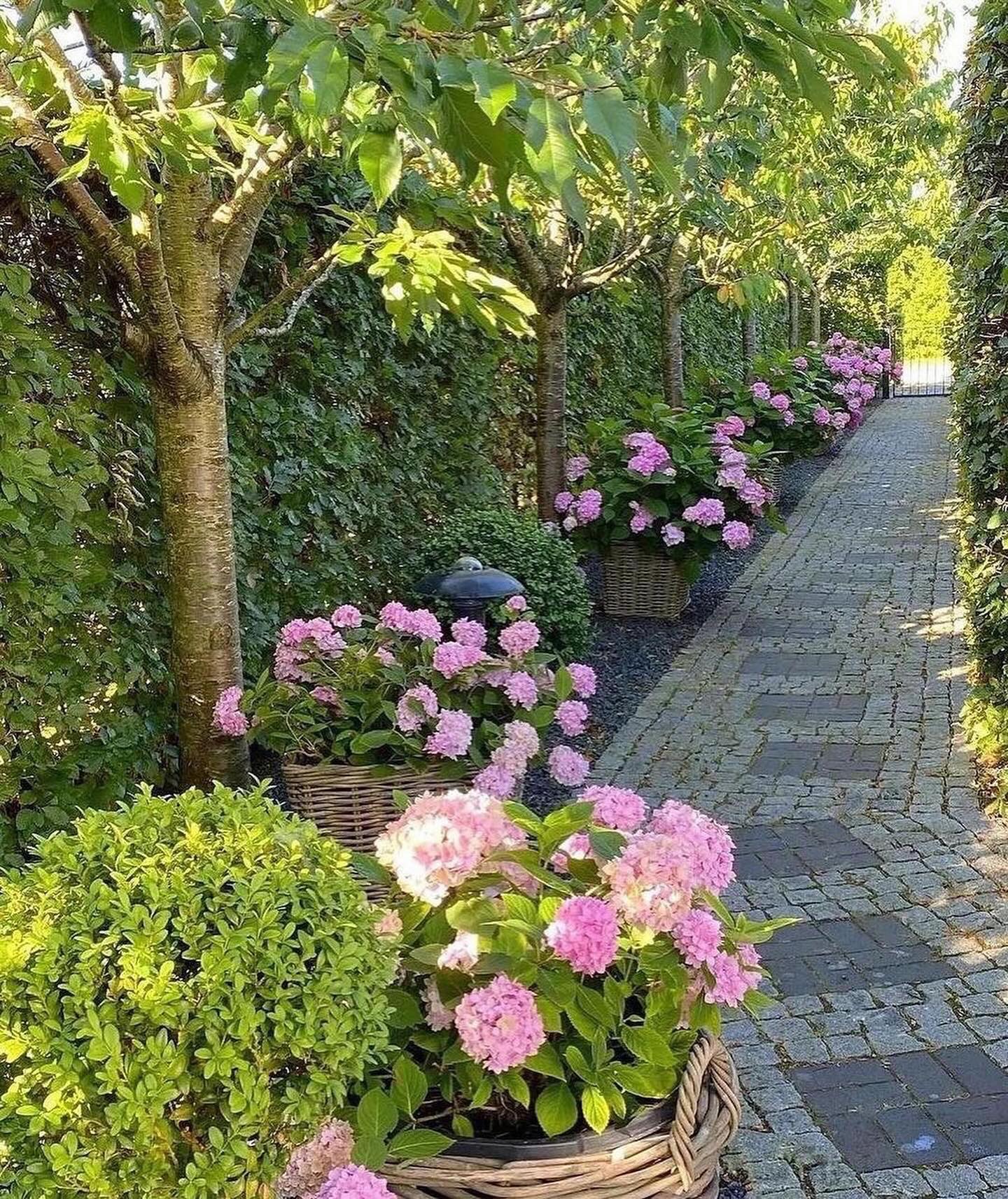
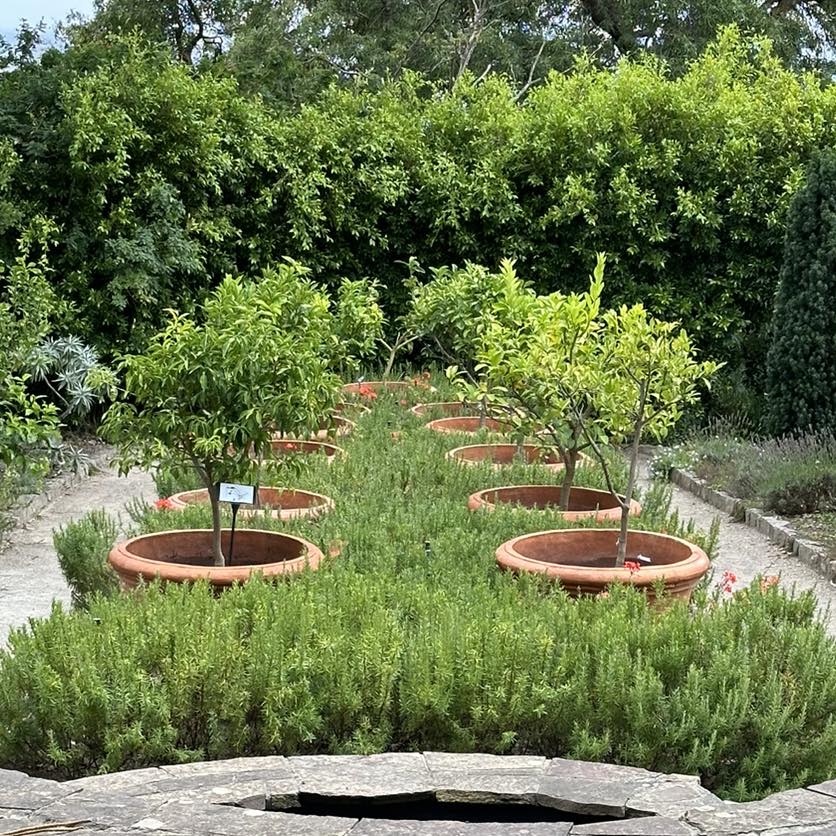
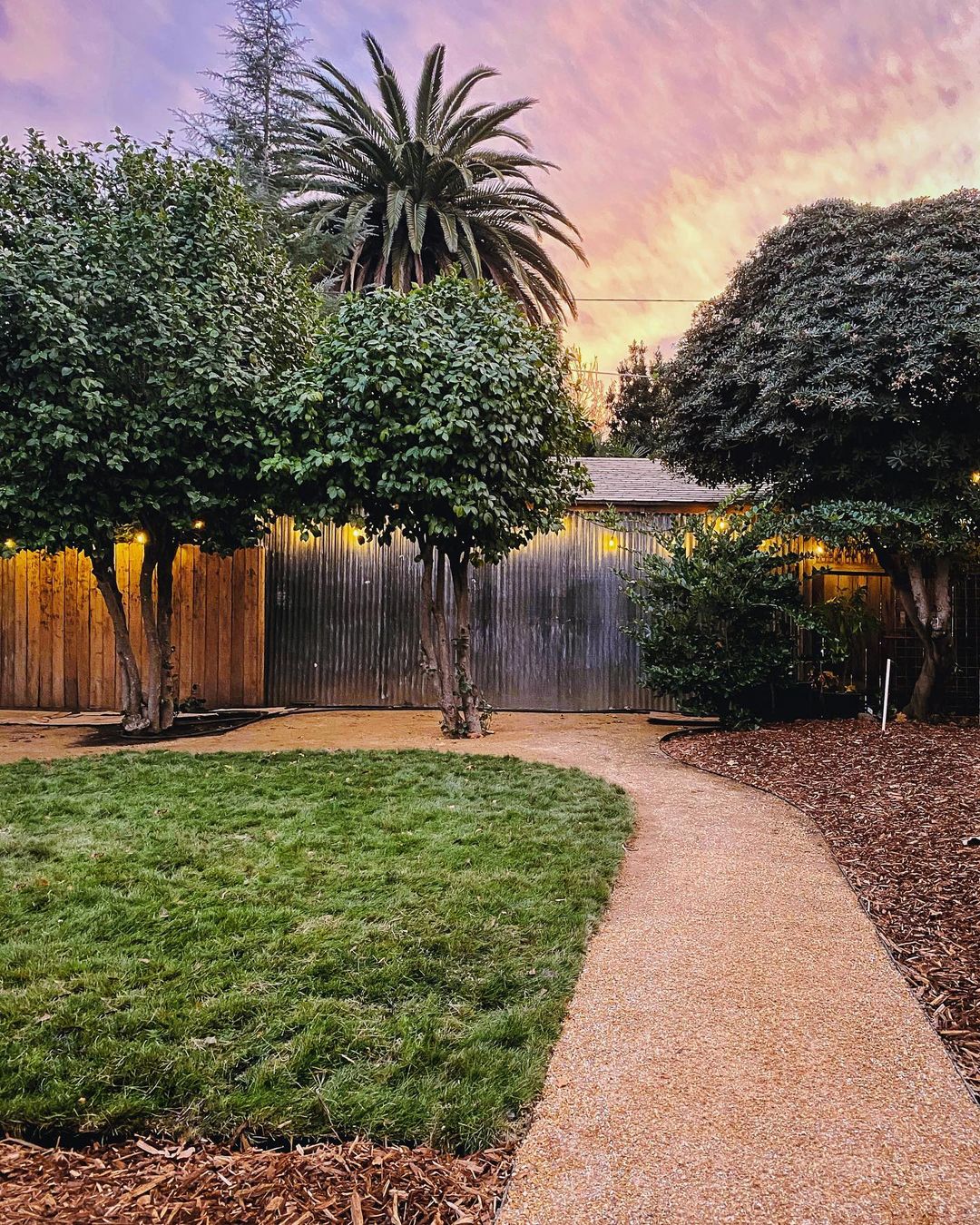
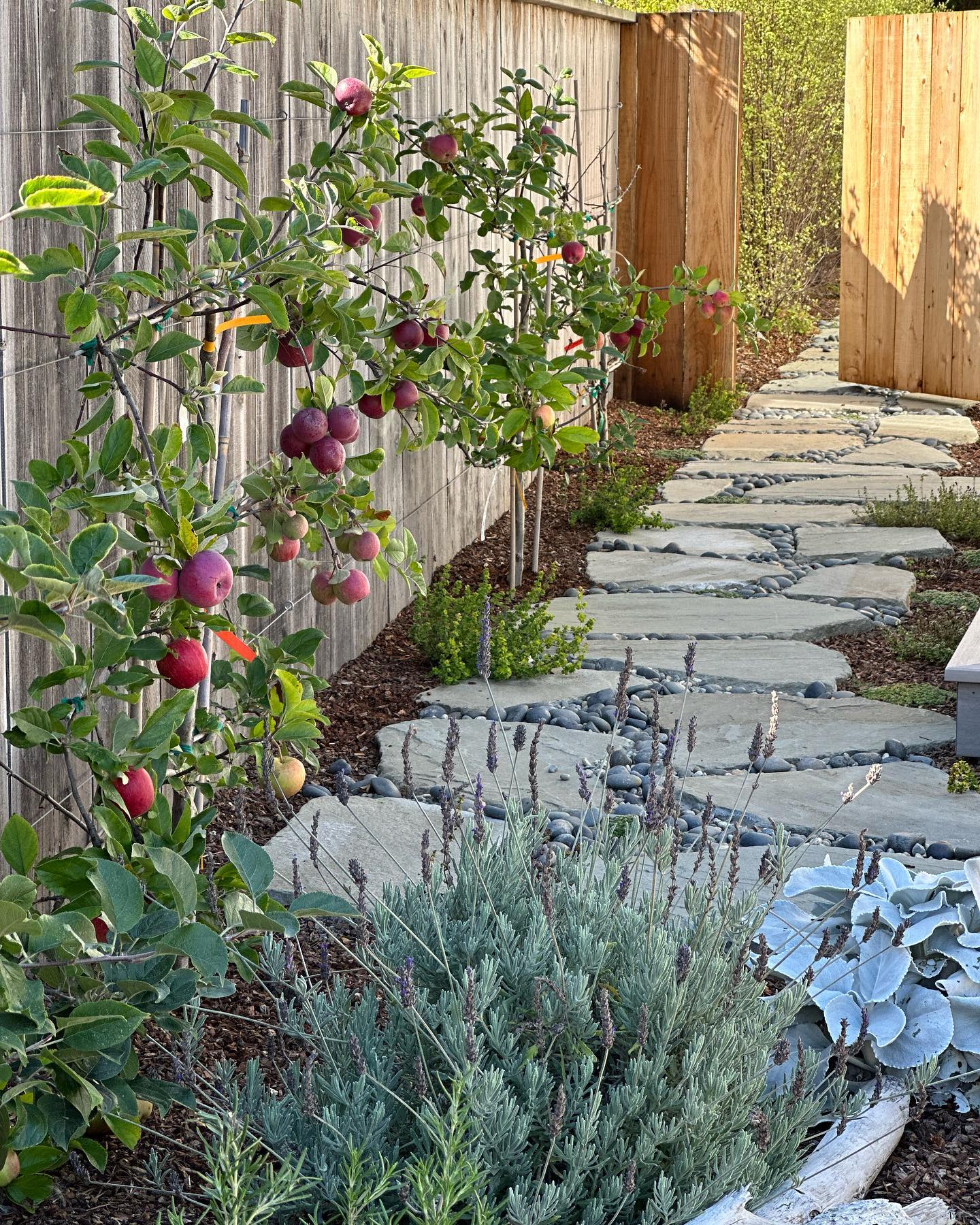
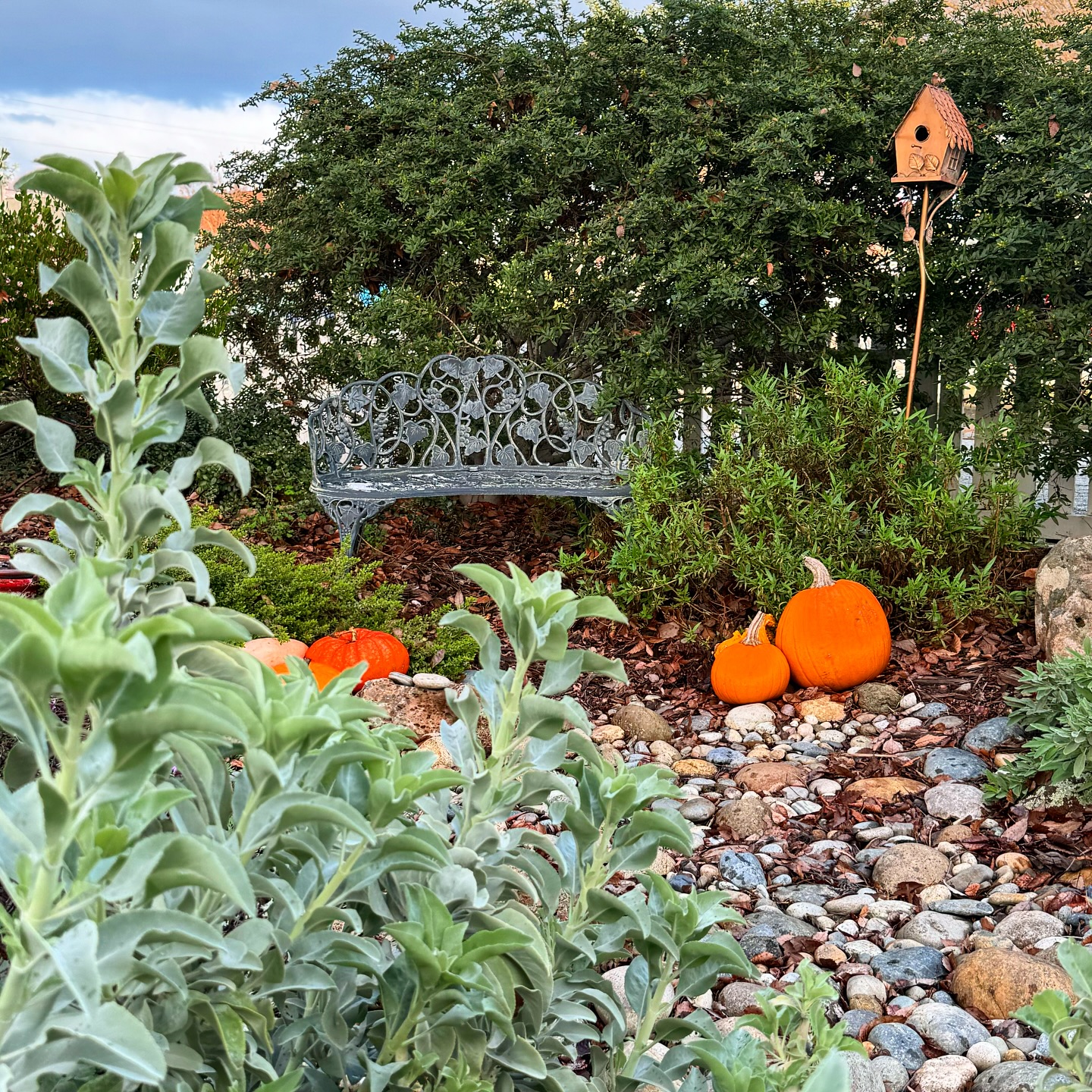
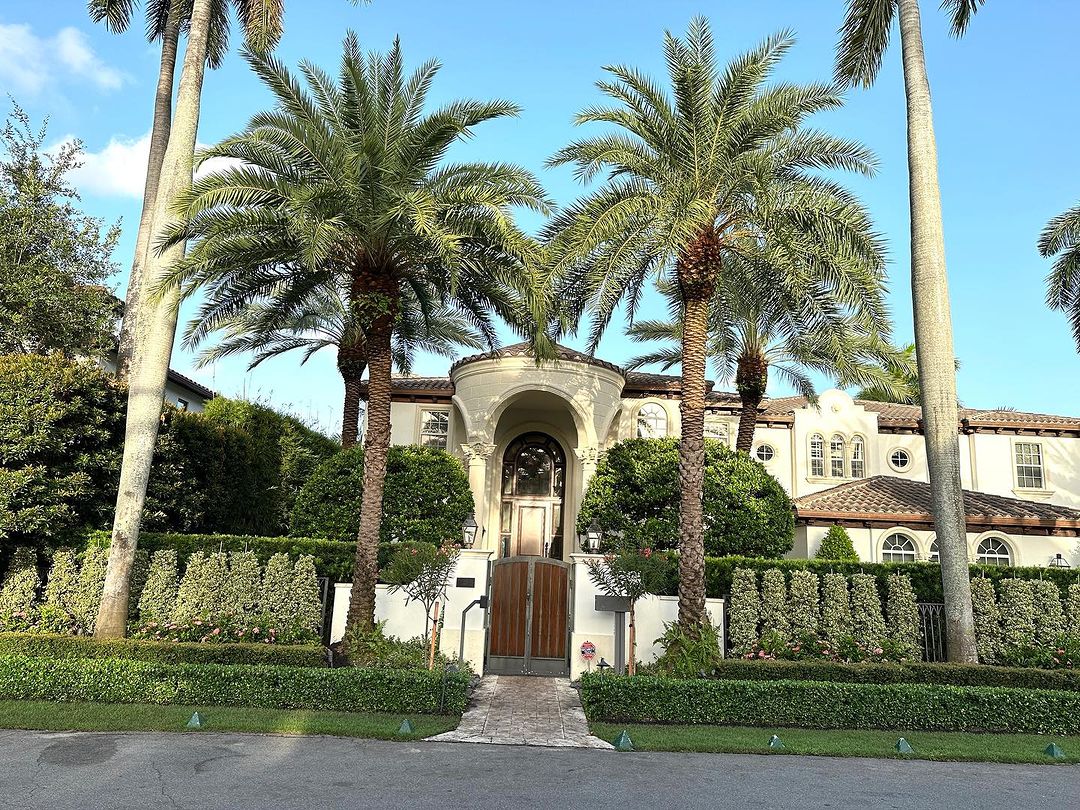

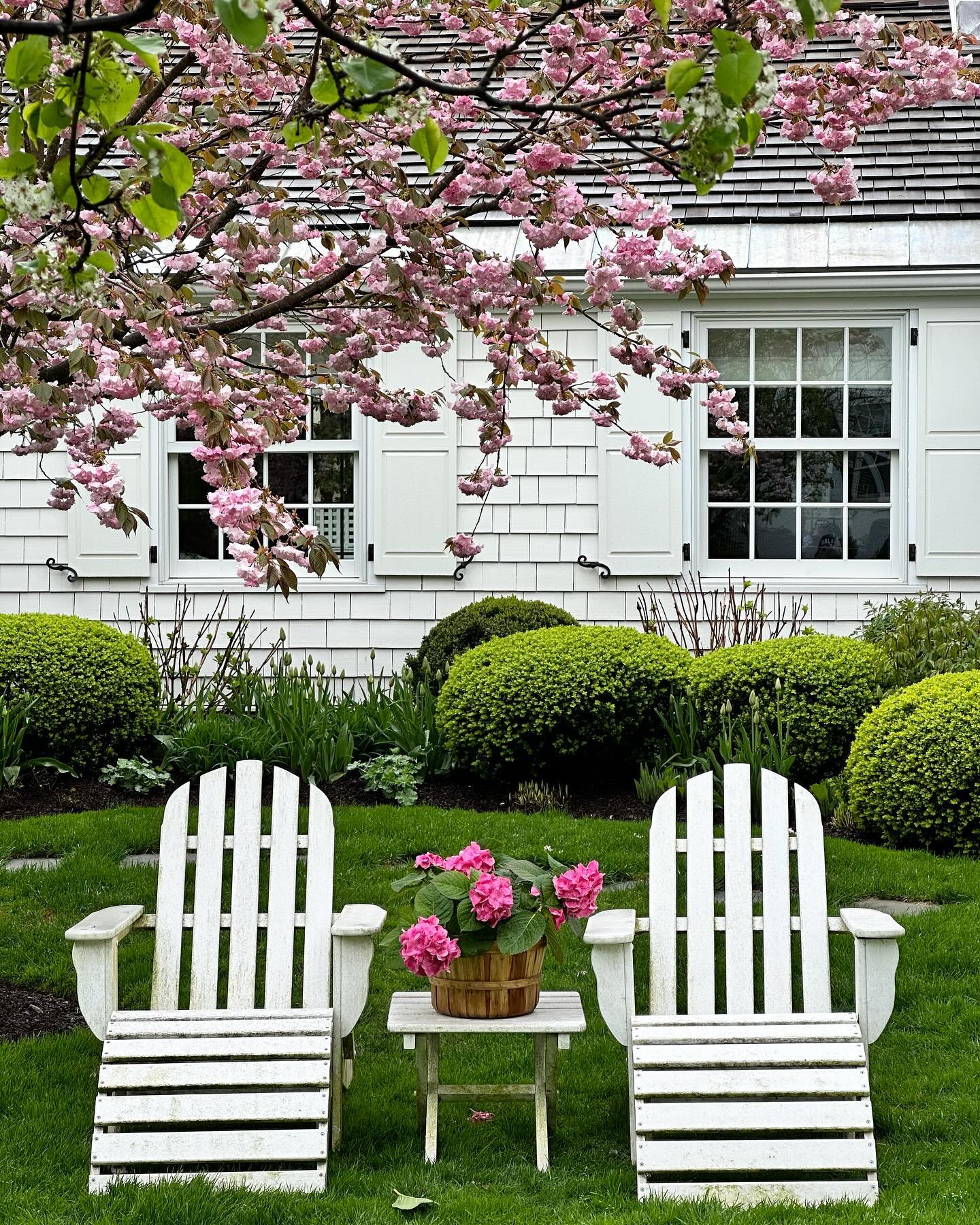
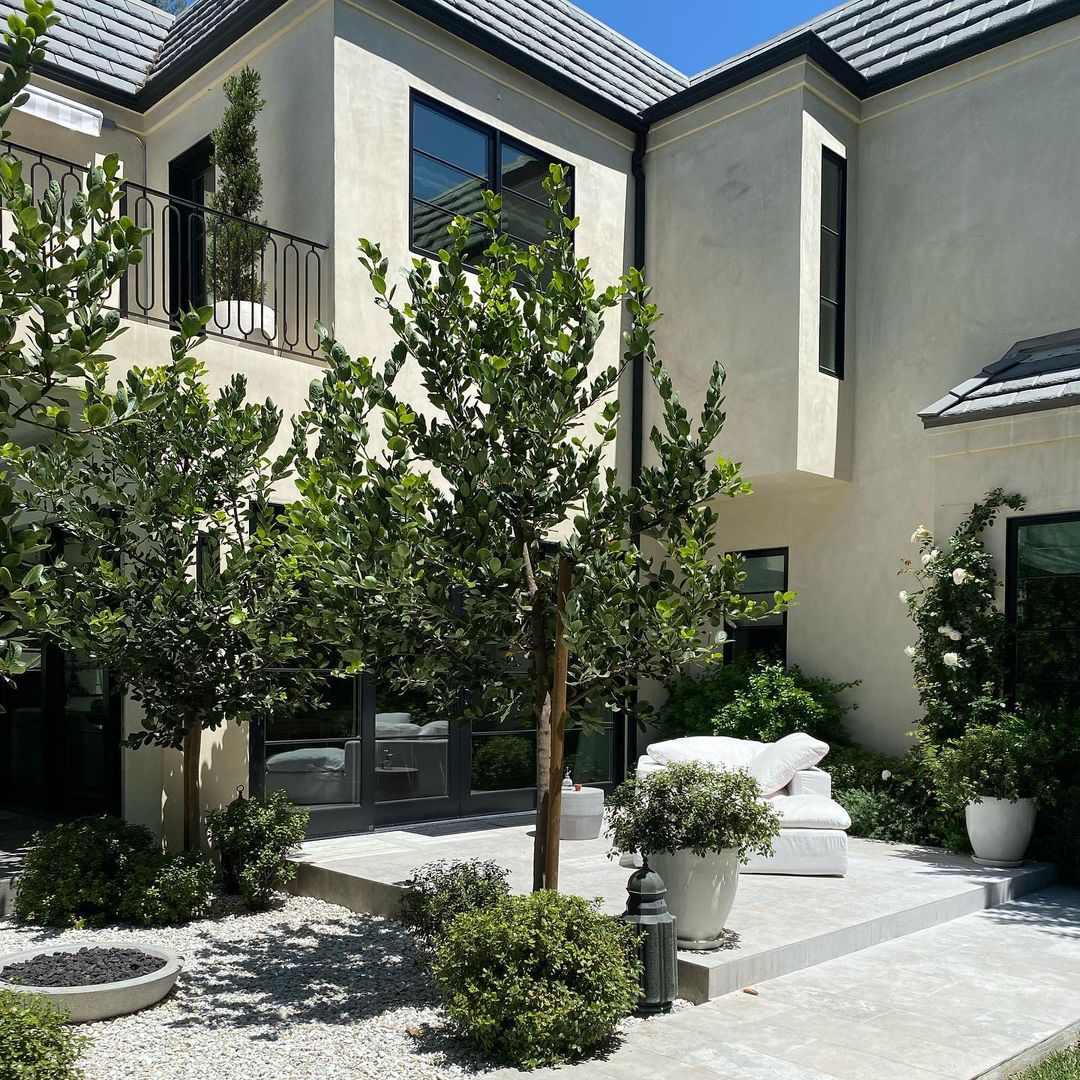
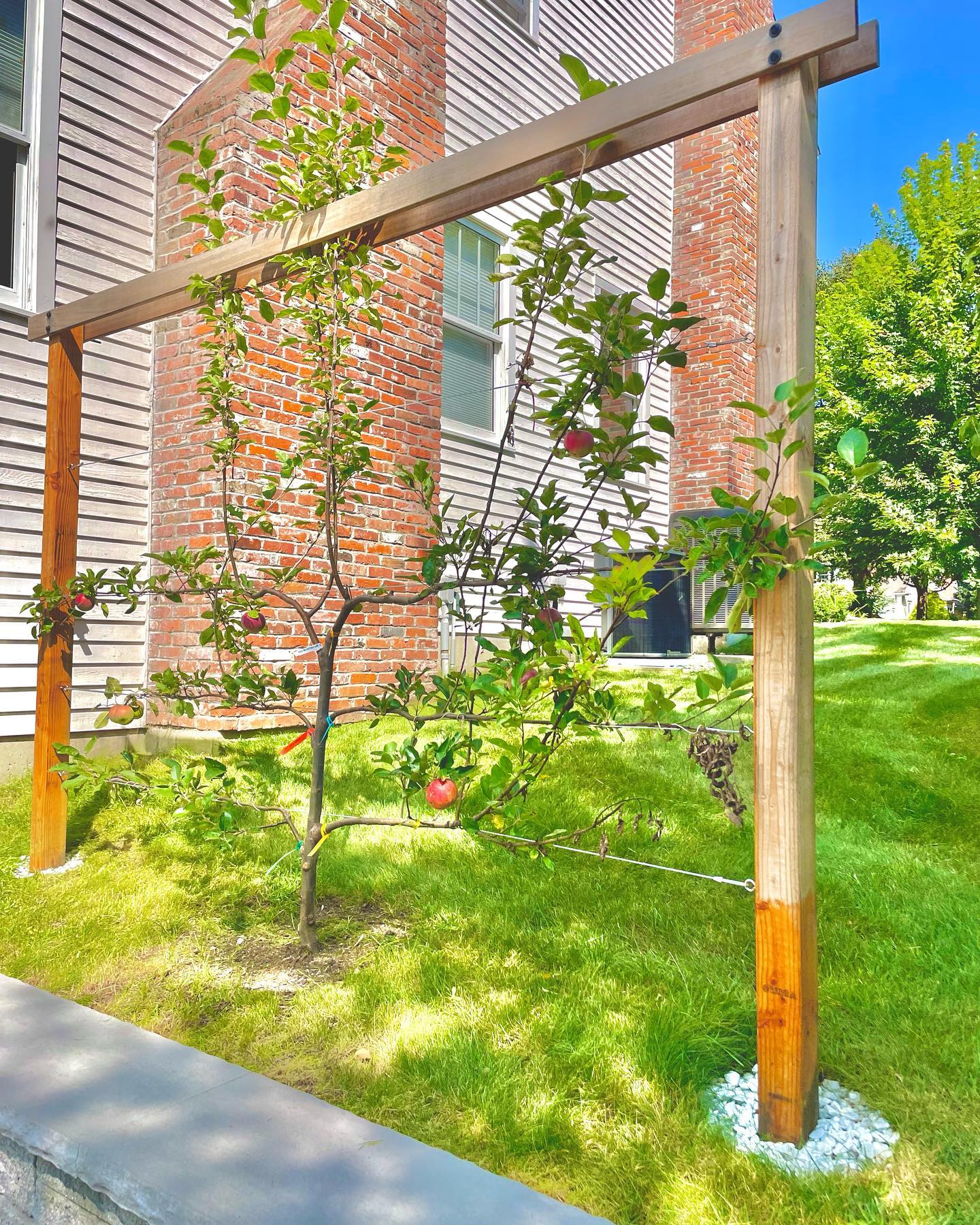
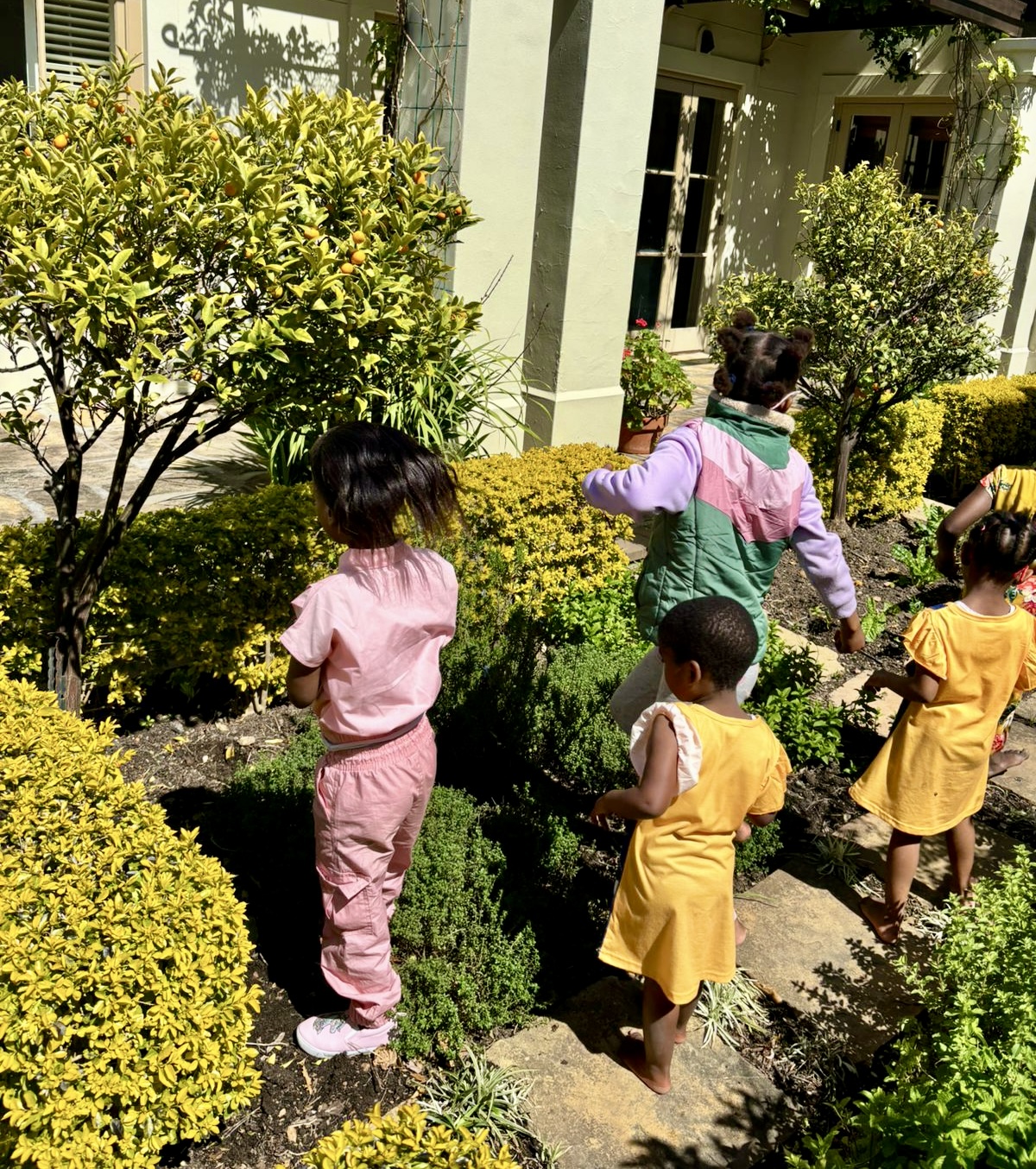
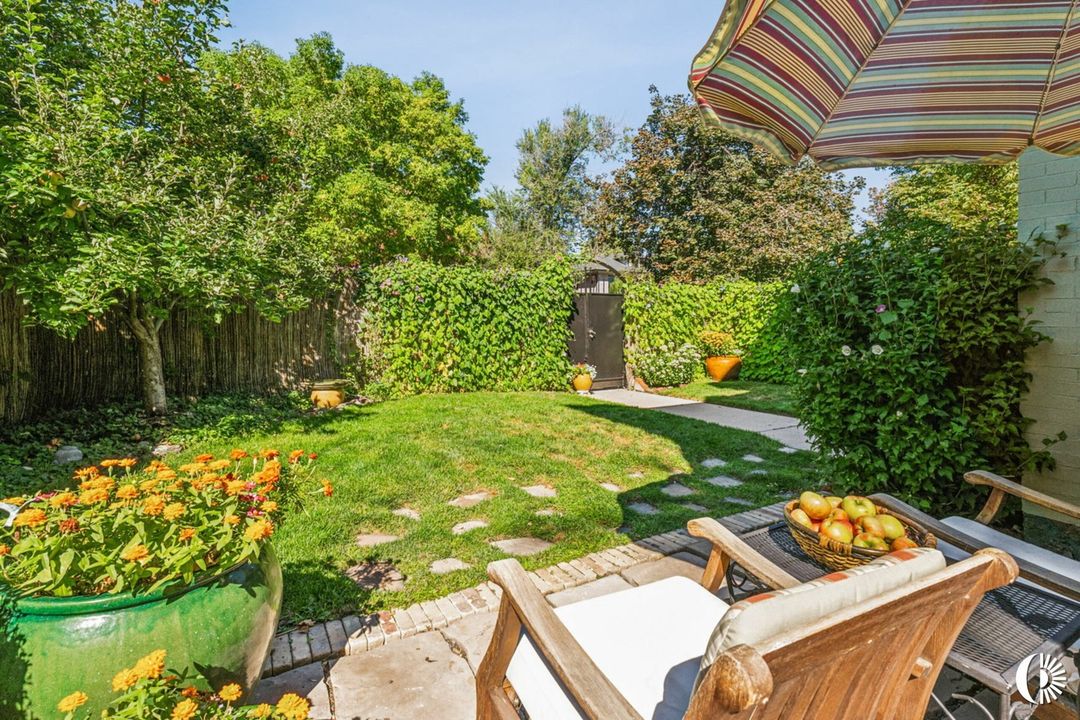
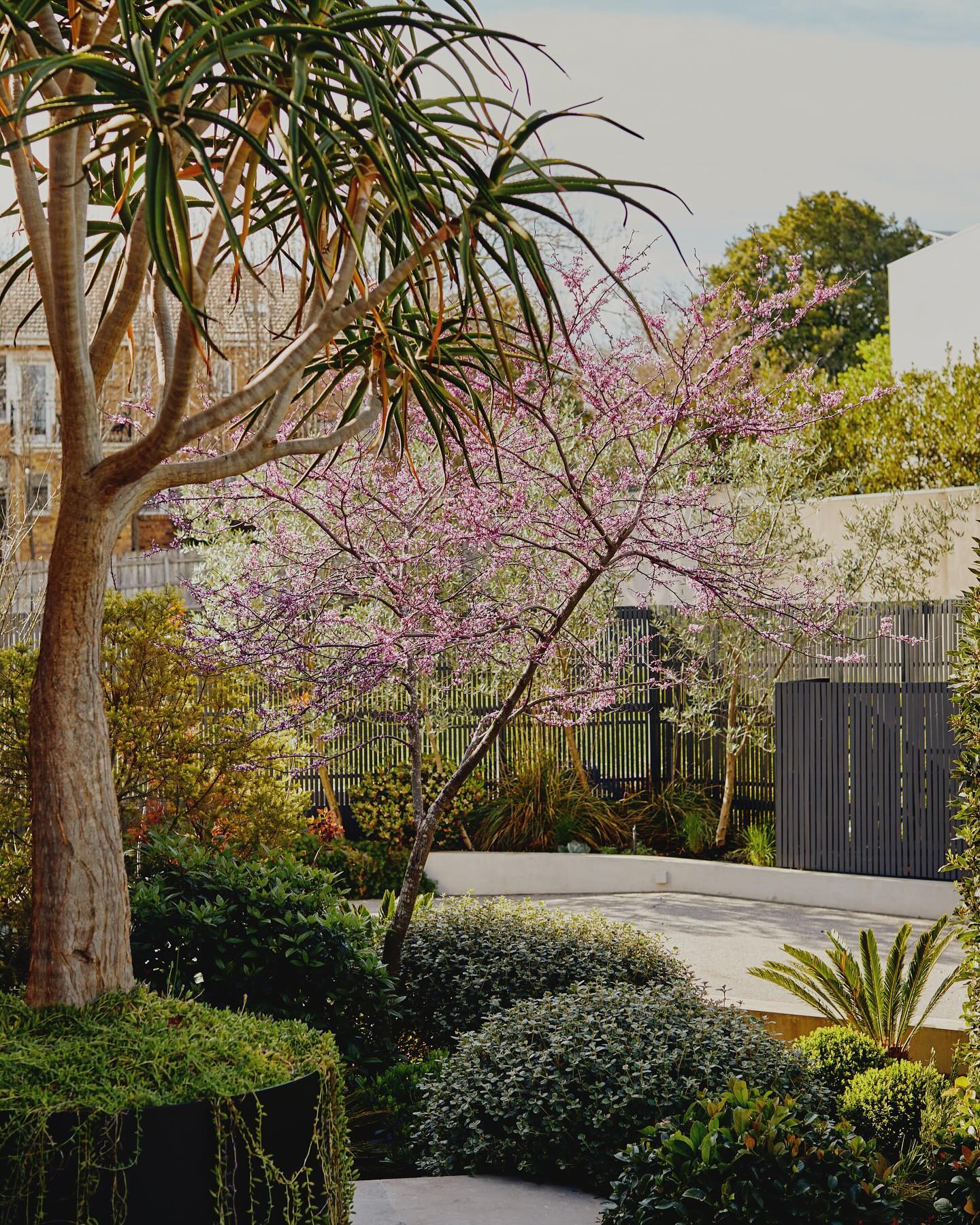

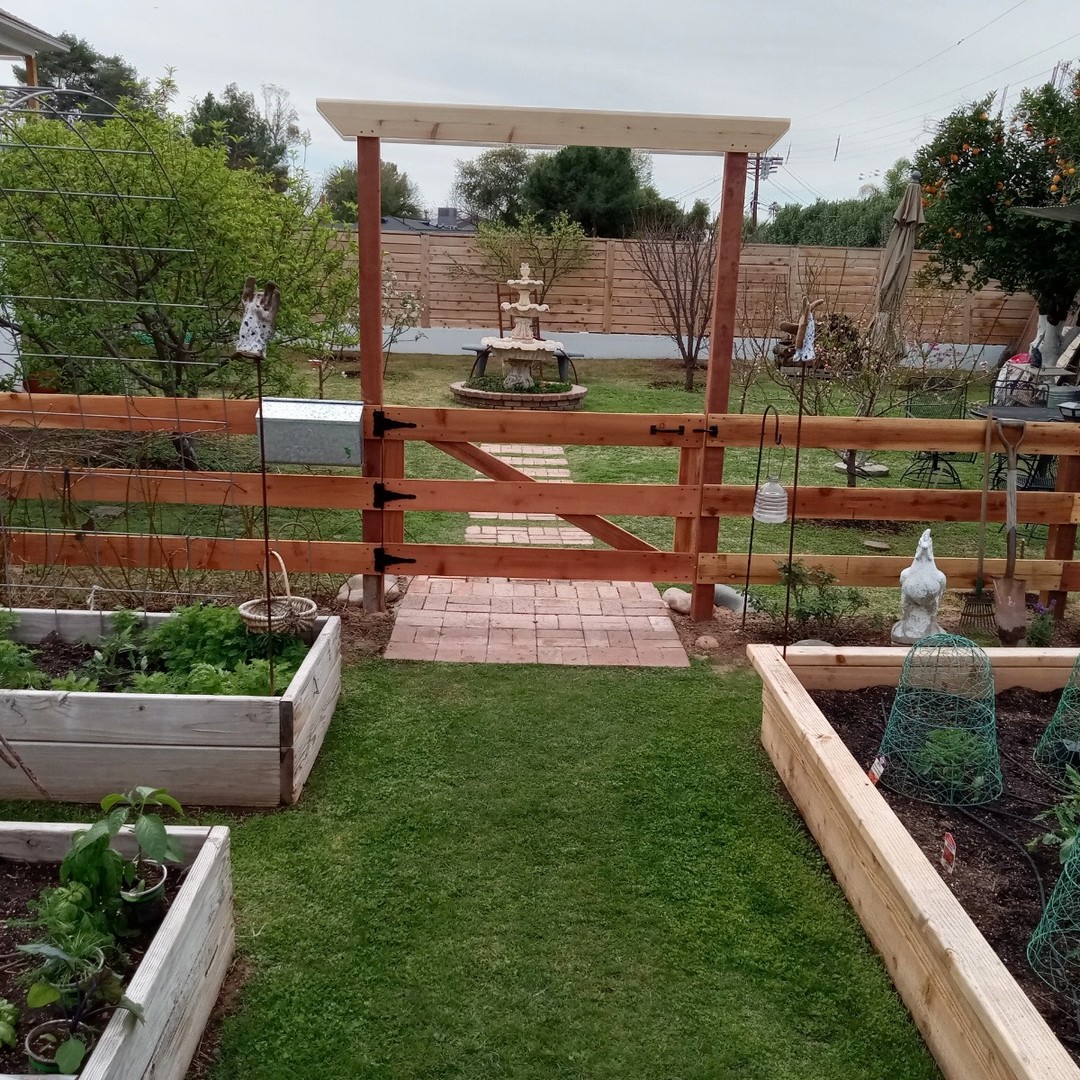

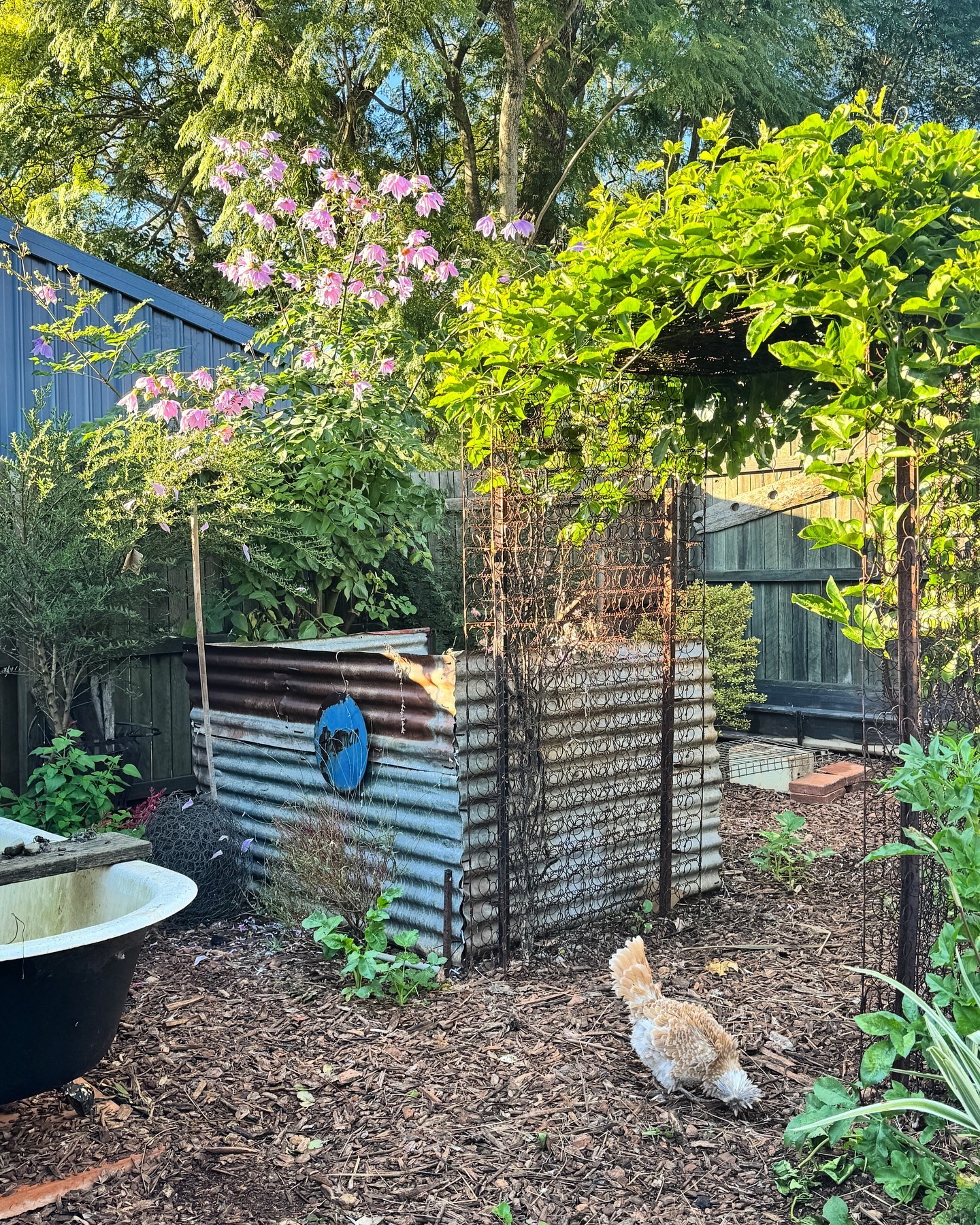
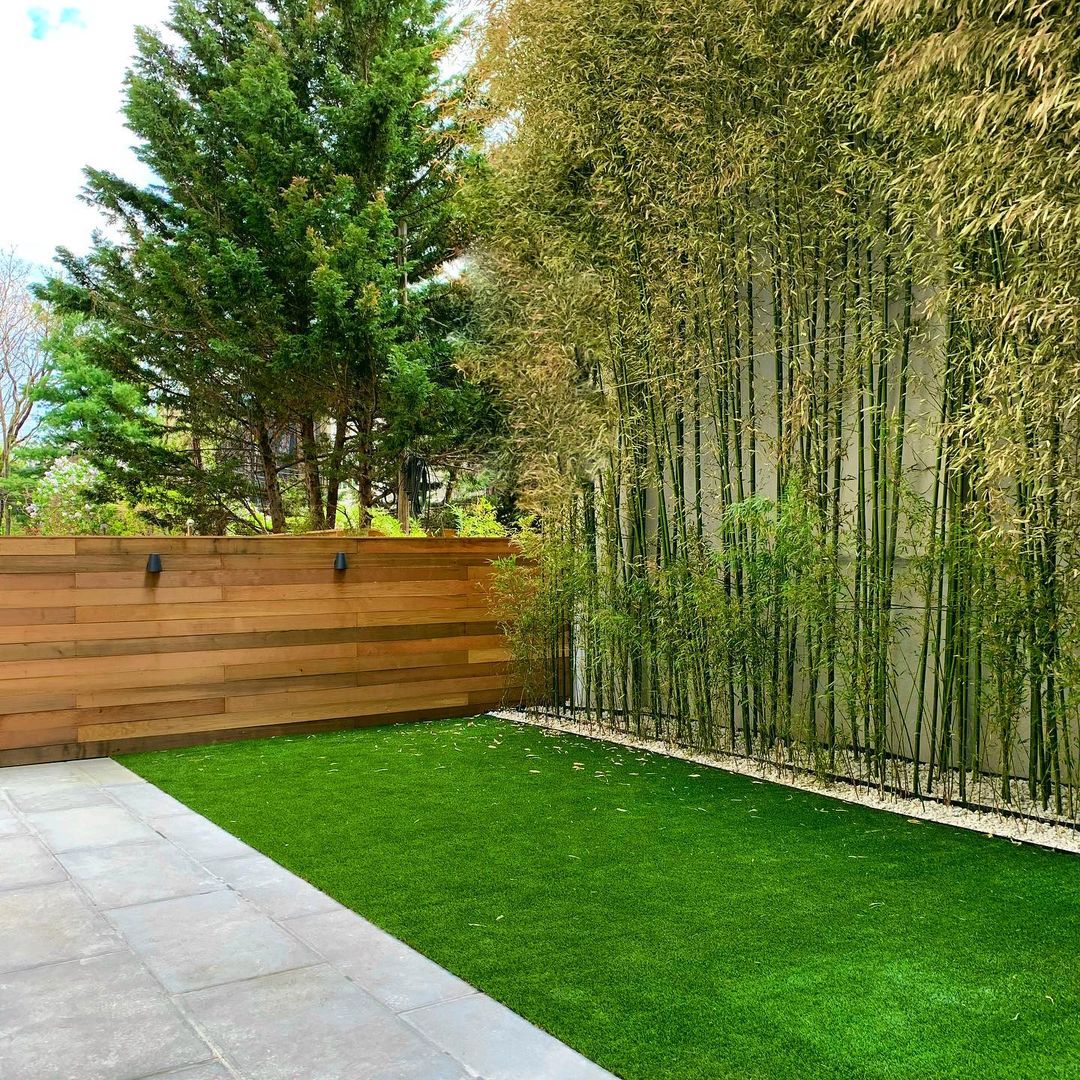
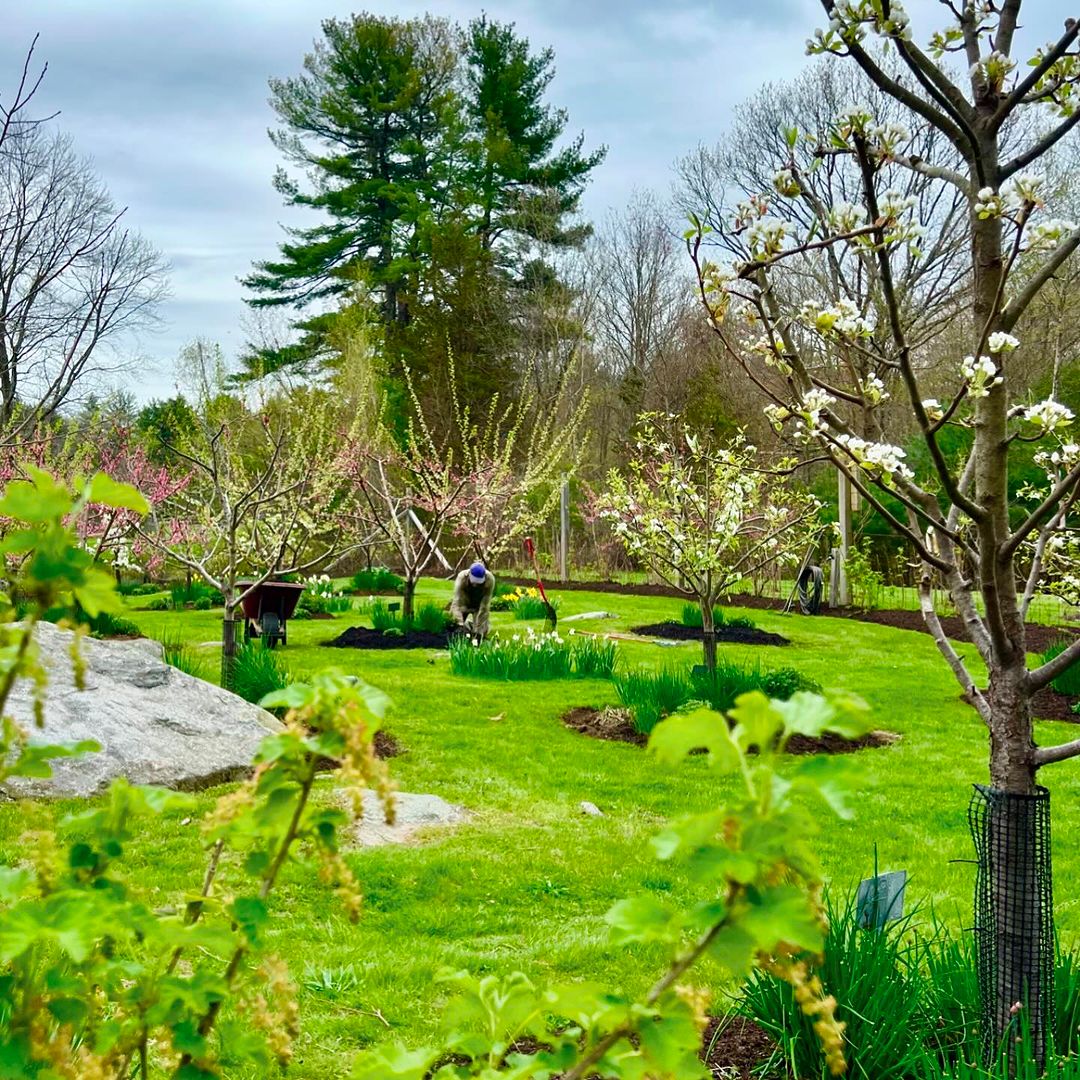
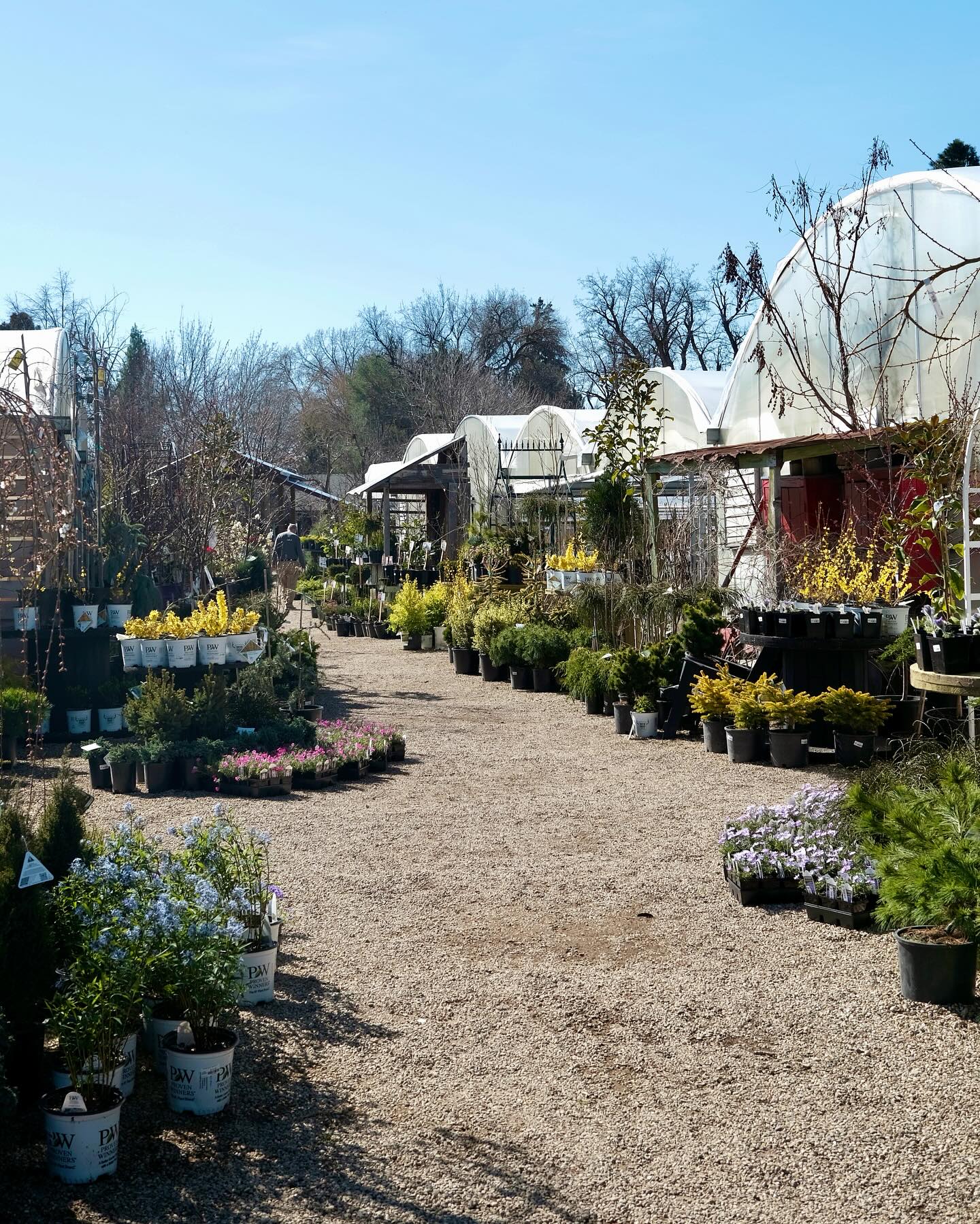

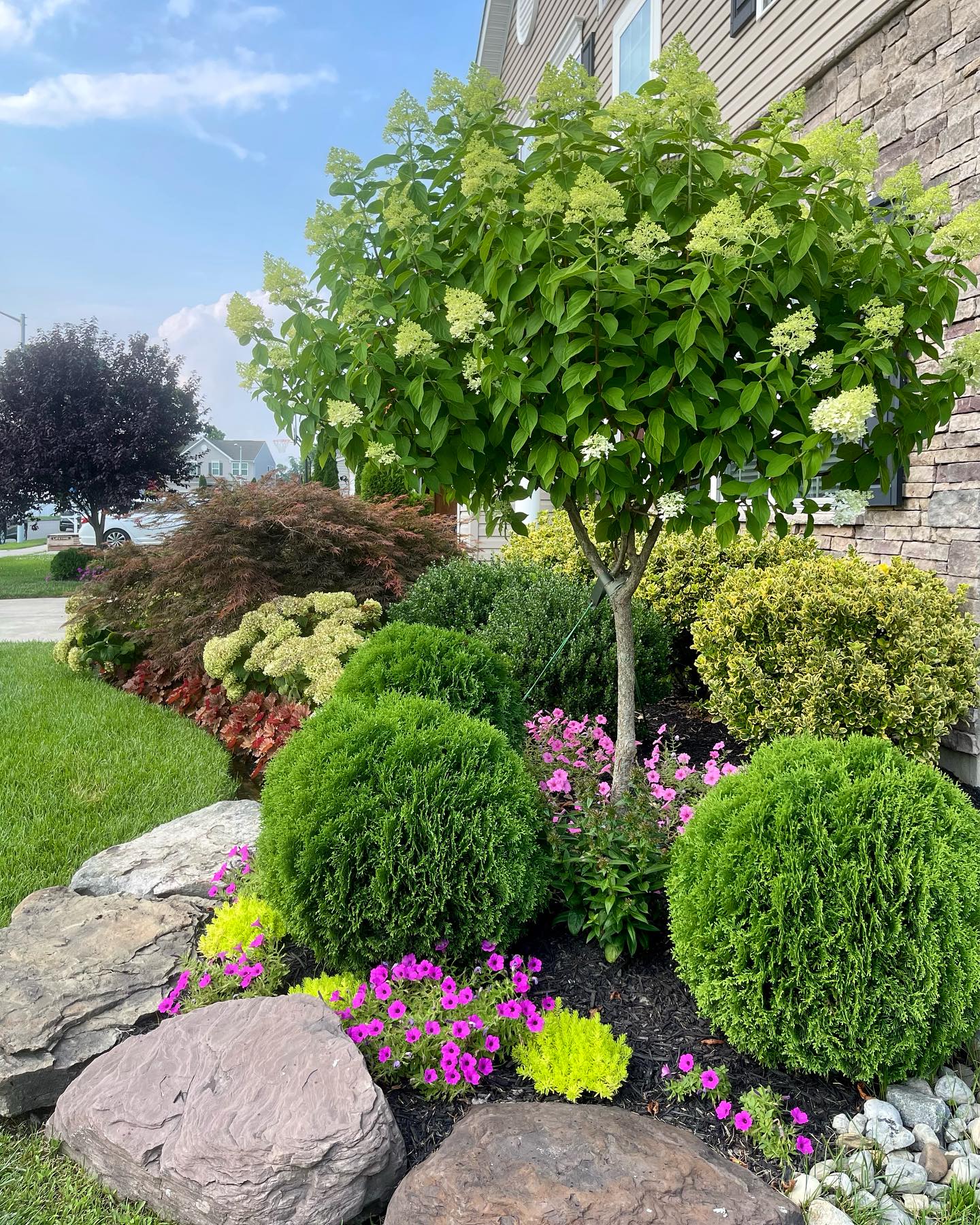
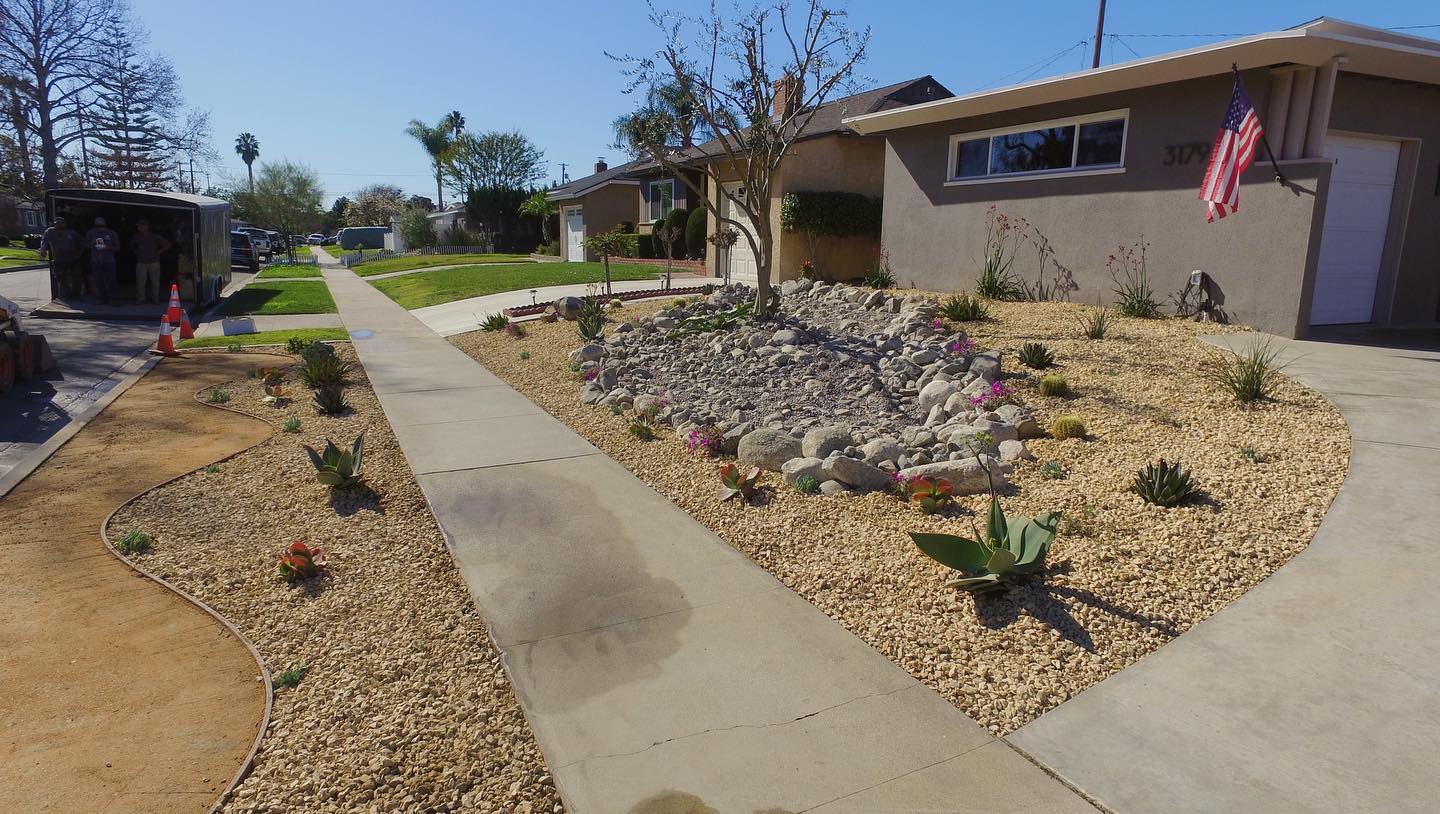
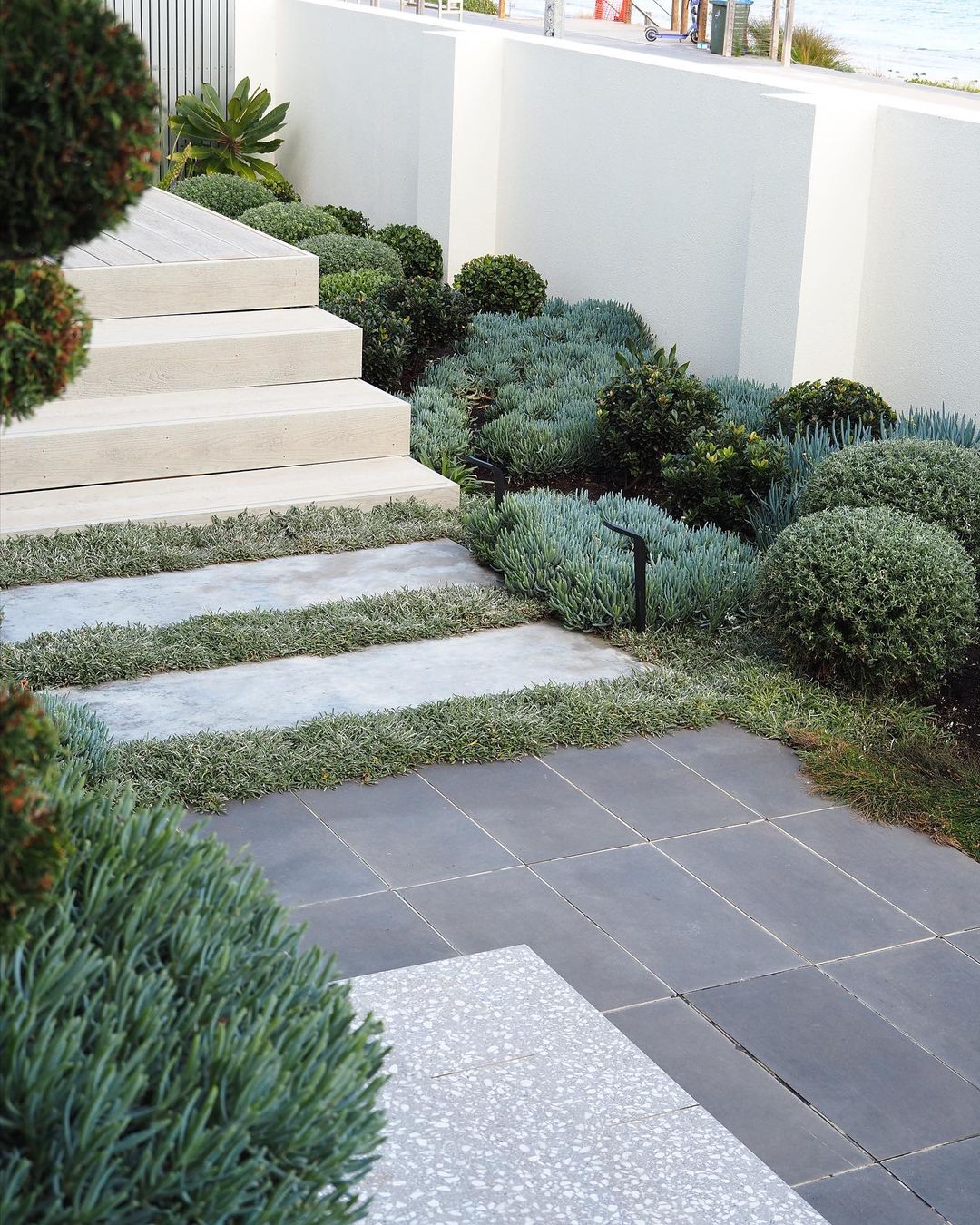
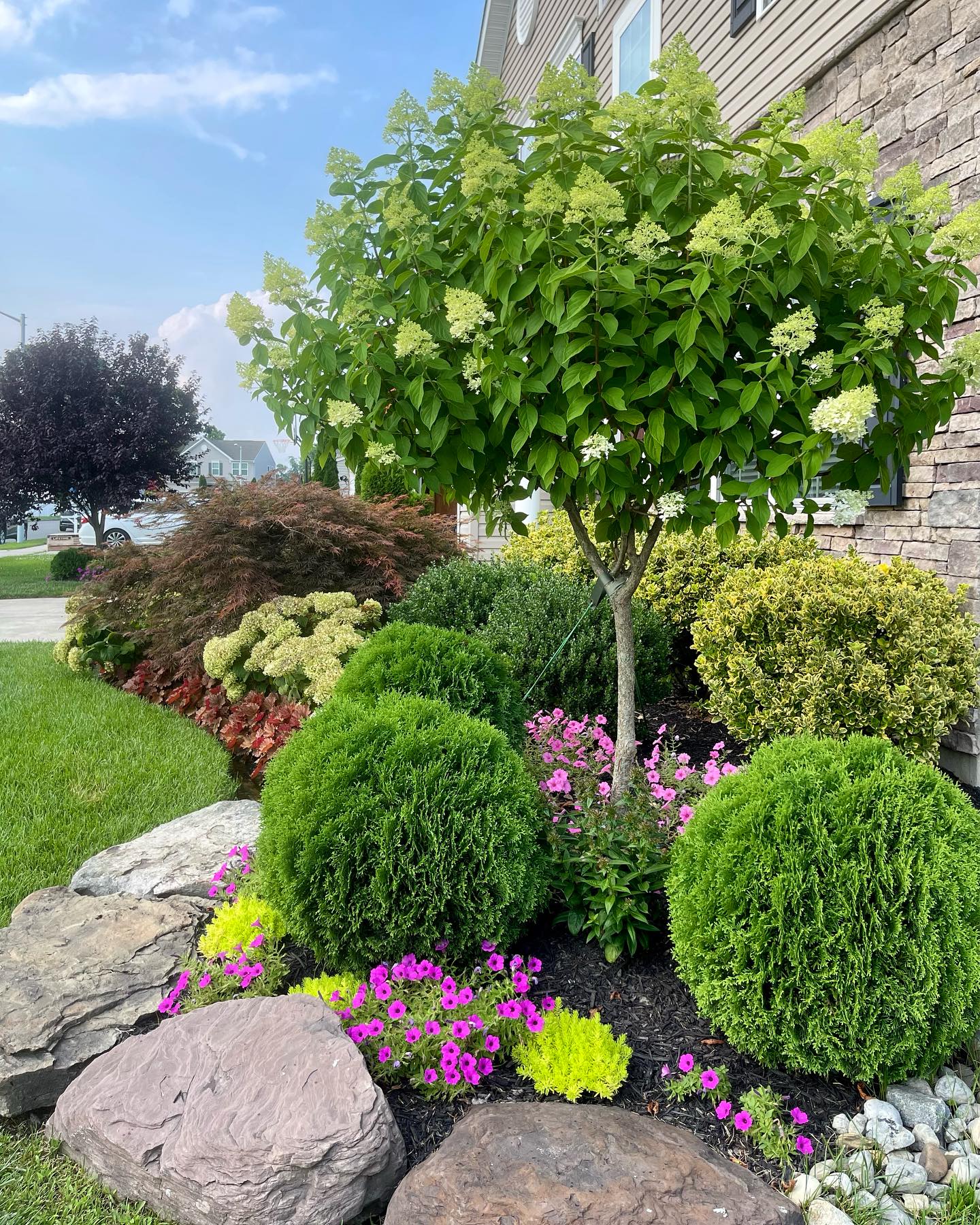
Comments